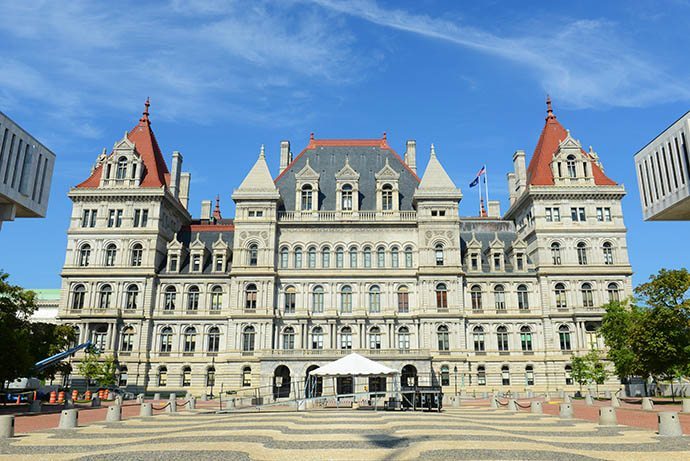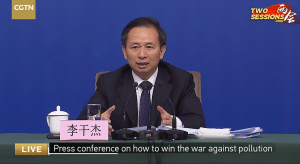
China plans to prohibit imports of post-industrial scrap plastic by the end of the year, according to documents published by the country’s environmental department.
 Colin Staub was a reporter and associate editor at Resource Recycling until August 2025.
Colin Staub was a reporter and associate editor at Resource Recycling until August 2025.
China plans to prohibit imports of post-industrial scrap plastic by the end of the year, according to documents published by the country’s environmental department.
 New York’s governor has introduced legislation prohibiting retailers from providing plastic shopping bags to customers at point-of-sale.
New York’s governor has introduced legislation prohibiting retailers from providing plastic shopping bags to customers at point-of-sale.
China has issued its latest round of import permits for scrap materials, and approved volumes remain particularly low on the plastics side.
 Many recycling associations are preparing for their biggest gatherings of the year, and three group leaders recently explained how China-related market disruptions will be tackled at their events.
Many recycling associations are preparing for their biggest gatherings of the year, and three group leaders recently explained how China-related market disruptions will be tackled at their events.
 Trade tensions between the U.S. and China have come closer to directly impacting the plastics recycling industry.
Trade tensions between the U.S. and China have come closer to directly impacting the plastics recycling industry.
 Chinese officials have accused the U.S. of hypocrisy for denigrating the scrap imports ban amid a brewing trade war between the two nations.
Chinese officials have accused the U.S. of hypocrisy for denigrating the scrap imports ban amid a brewing trade war between the two nations.
 The 2018 spending bill approved by lawmakers and signed by the president last week contains good news for the U.S. EPA and its recycling-related programs: The agency avoided significant budget cuts that were proposed last year.
The 2018 spending bill approved by lawmakers and signed by the president last week contains good news for the U.S. EPA and its recycling-related programs: The agency avoided significant budget cuts that were proposed last year.
 Prime plastic developments have occurred in the past two weeks, and they carry the potential to impact recycled resin prices.
Prime plastic developments have occurred in the past two weeks, and they carry the potential to impact recycled resin prices.
 Leaders across the pond have announced they will roll out a deposit program covering certain plastic, glass and metal beverage containers.
Leaders across the pond have announced they will roll out a deposit program covering certain plastic, glass and metal beverage containers.

Li Ganjie, China’s minister of environmental protection
China’s top environmental official has quantified the reduction in scrap materials flowing into the country as a result of recent restrictions. He also spoke publicly about the market fallout and the criticism China has received for enacting its reforms.

